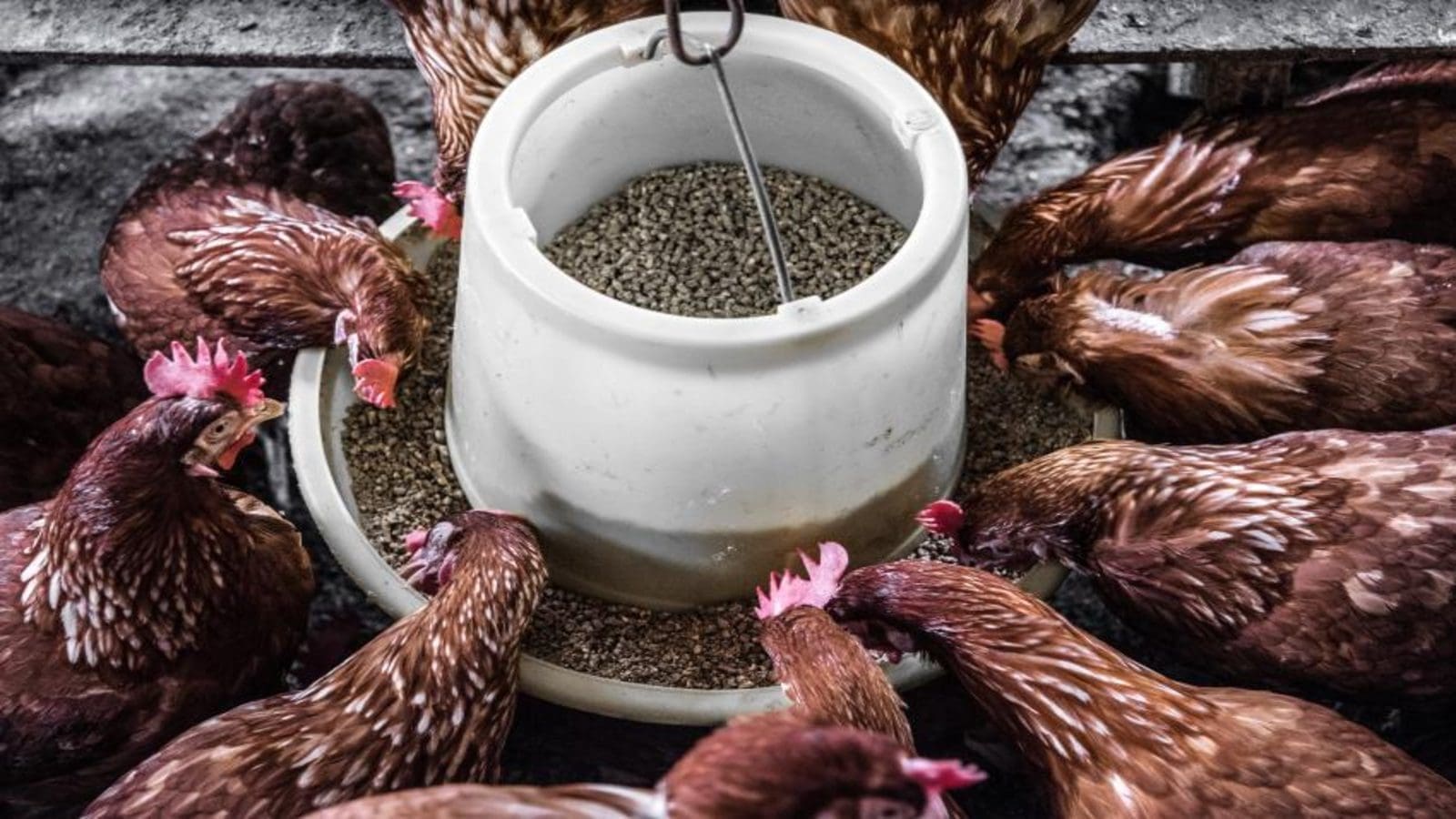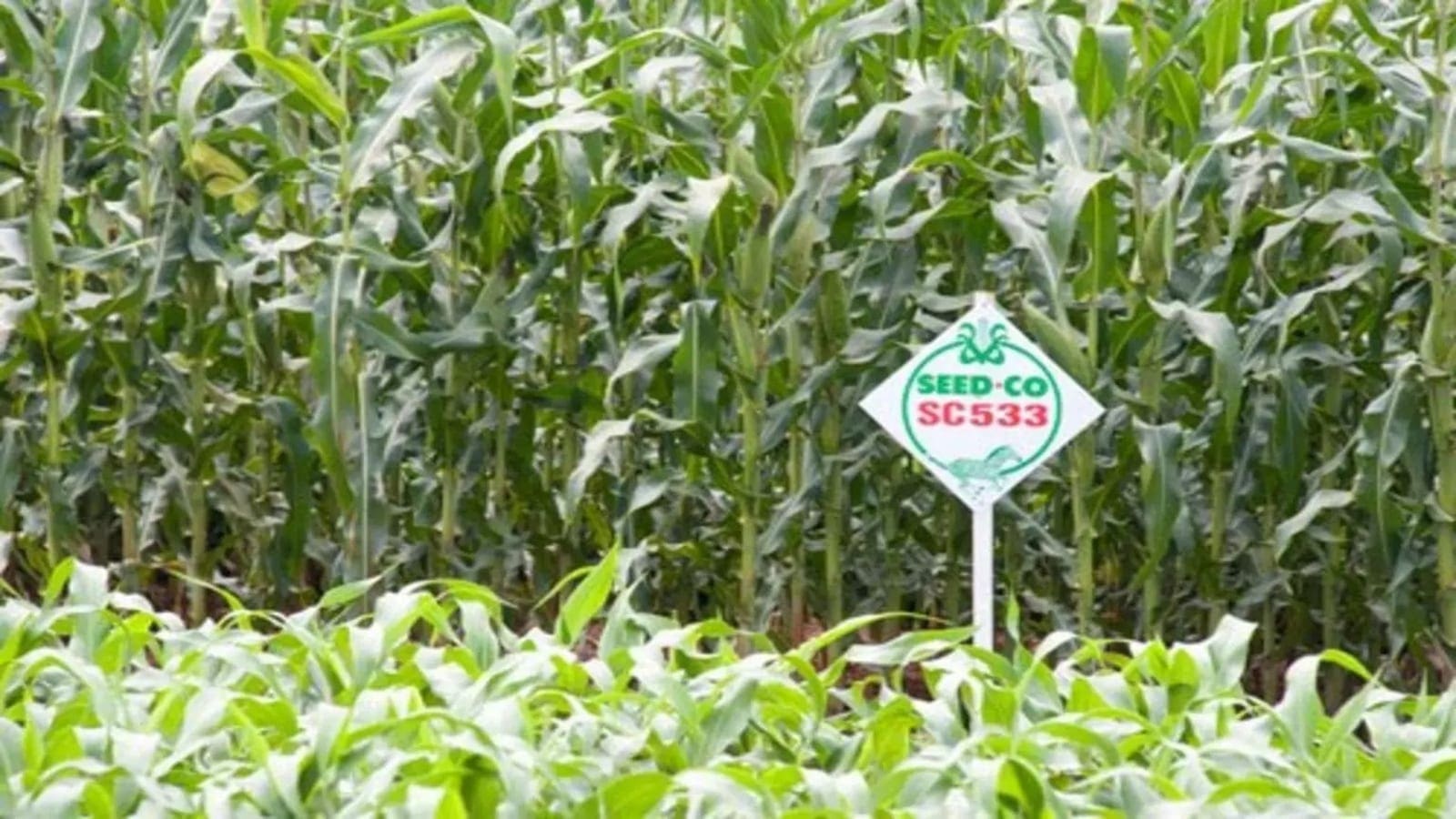GAMBIA – Gambia’s Ministry of Agriculture has launched a US$26m small ruminant production and enhancement project with financing from the Islamic Development Bank (IDB).
The small ruminant production and enchantment project is a four-year initiative and will be financed through a two-step finance approach focusing on four major areas.
According to the Minister of Agriculture Amie Fabureh, “The focus is on enhancing small ruminant development through herd health support mechanism, increasing productivity through genetic improvement and improved feed system, production and marketing management, innovation of portion processing techniques and access to Islamic financing.’’
The development objective of the project is to contribute to the improvement of the livelihood of pastoral communities in Gambia, by strengthening the productivity and resilience of rural communities as well as to stimulate business entrepreneurship on the Livestock sector.
The project will be implemented in 39 districts of all the regions of the country and its expected to reach more than 30,000 households.
The minister highlighted that, the livestock sector has the potential to reduce poverty and enhance food security.
But it has long been treated as an appendage to crop production by both policymakers and development partners who have given priority to staple crops over high-value agricultural processes such as fruits, vegetables and animal feed.
The assessment report of the 2019 cropping season indicated a decline in cultivation as well as total yields.
Comparing this year’s cultivated areas to that of 2018, the report indicated a general decrease with the highest being groundnuts which stands at 32% followed closely by maize at 31%; upland rice at 20%, cowpea at 19% and early millet and lowland rice at 16% and 15% respectively.
This was as a result of the delay in rainfall at the beginning of the season which was further exacerbated by intermittent dry spells ranging from 18 to 24 days depending on the areas affected.
The report noted that the five-year average of the total area cultivated indicated coarse grains at 122,248ha; rice at 49,526ha, and all other major cereals at 171,774ha; and 76,459.60ha for the 2019 season.










